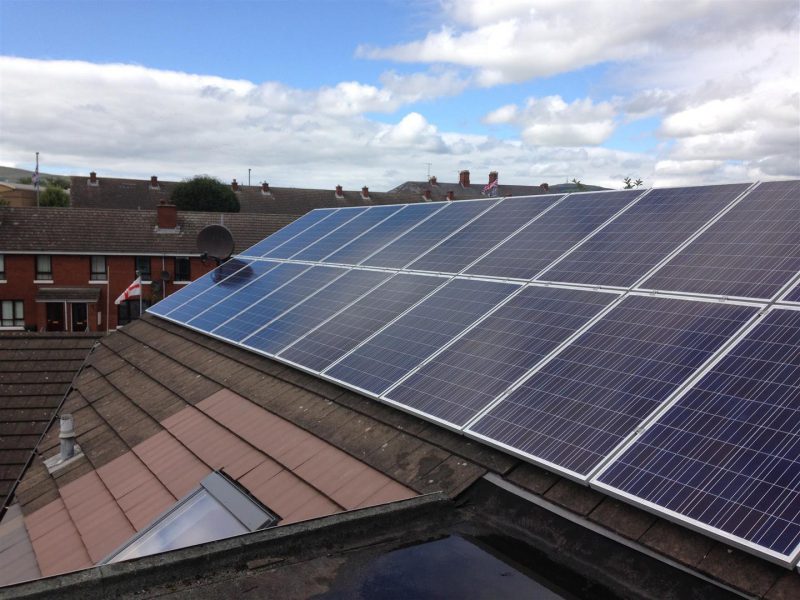In the transition to net zero and the shift from fossil fuels to renewable energy an important driving factor is the cost of these renewable technologies, more specifically the raw materials involved in making and building these technologies. For the energy transformation to renewables to be affective, they need to be cost effective to not only make sense for businesses to invest but for domestic use also.
‘A single solar panel costs £350-£500 but can vary depending on the size and type of system. One of the most common domestic sizes is a 4kW solar panel system, which costs around £6,000’ (1). Solar is often the cheapest power source, and analysts expect its price to keep falling. But now the dramatic fall in price has started to slow, with several core materials rising in price. Silver for example is a key component due to its conductivity which helps to form the basis of conventional photovoltaic cells. Greenmatch has gathered some information on the different type of solar panels and their cost effectiveness.
As technological solutions develop for the journey to net zero, new innovations will help with this transition and complement existing solutions. Battery storage is one such solution. It allows surplus electricity generated by solar panels to be stored for later use rather than exported to the National Grid. The raw materials involved with the construction of batteries for storage including lithium, graphite, cobalt, and nickel are also subject to cost change due to demand and international relations. It is important to remember that the mining for some of these raw materials can be harmful to the local population and the environment, ensuring the ethical origins of these raw materials can be challenging.
Many energy storage systems offer smart operation. This allows you to keep track of your energy use online and decide when to charge your storage unit and when to draw energy from it. ‘Most exciting for the homeowner is that batteries now have management systems enabling a multitude of potential applications:
- Storing excess generation from the homeowner’s solar system
- Buying cheap electricity at night and storing it for use in the day
- Interacting with the grid to provide grid balancing services and wholesale electricity trading
It makes sense to use as much solar electricity on-site as possible. An appropriately sized storage system will increase the proportion of solar electricity used on-site from around 35% to 75%’ (2). Another pairing along with the use of battery storage for solar power is that of an electric vehicle for the user who wishes to become truly self-sufficient and reduce their carbon emissions in every aspect of their lifestyle. ‘The UK government has set to ban on the sale of all new petrol and diesel cars by 2030 and all plug-in hybrids by 2035’ (3), this change applies in Northern Ireland meaning that the integration of electric vehicles into our lives will become commonplace in the next decade. It is important to finally note that all installations of the noted technologies will have an added labour cost, which will contribute to the overall end price of your investment, additionally some components of the systems will inevitably require replacing for example two batteries may be required in the lifespan on one set of solar panels before they start to lose efficiency.
If you’re interested in installing solar panels or have solar panels already and would like to talk about the benefits of battery storage you can contact the team here:- email the microgeneration team
1 https://www.greenmatch.co.uk/blog/2014/08/what-is-the-installation-cost-for-solar-panels
2 https://www.checkatrade.com/blog/cost-guides/solar-battery-storage-system-cost/


